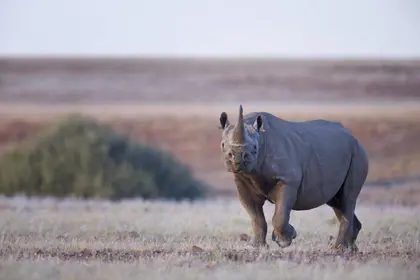Desert-adapted elephants and rhinos are prime examples, showcasing nature's ability to adapt and flourish in arid settings.
Join us on this journey of discovery as we explore the extraordinary resilience of desert-adapted wildlife in Namibia. In the vast and challenging landscapes of this country, a diverse array of creatures has evolved remarkable adaptations to thrive in harsh environments.
Desert-adapted elephants and rhinos are prime examples, showcasing nature’s ability to adapt and flourish in arid settings. Observing these majestic animals navigate through desert terrains not only highlights their impressive survival strategies but also provides valuable insights into their unique behaviors.
These populations also play a crucial role in conservation efforts, as they face vulnerable or endangered status. Supporting responsible tourism becomes essential for their long-term survival. Exploring remote and picturesque landscapes like Namibia’s Damaraland and Kaokoveld not only offers opportunities for wildlife observation but also allows for an immersive experience in the beauty of arid environments while contributing to conservation initiatives.
By traveling to see these incredible animals, you will make a meaningful difference in preserving their natural heritage for future generations to cherish.


























